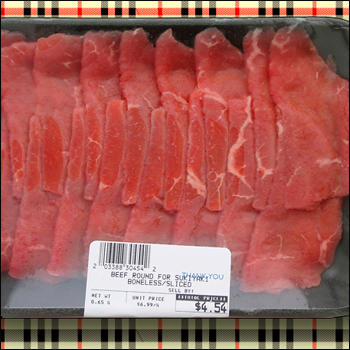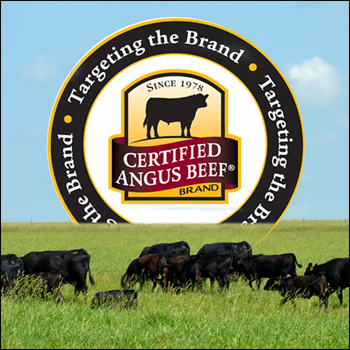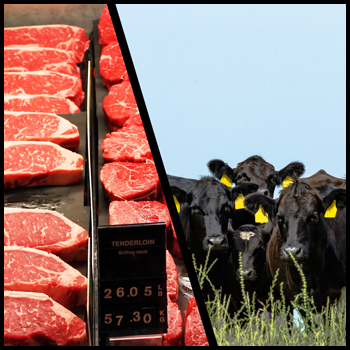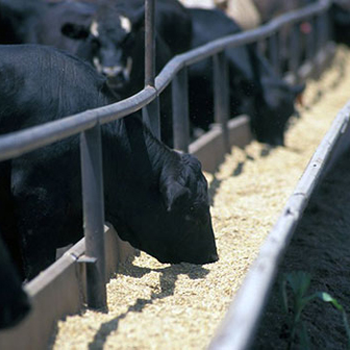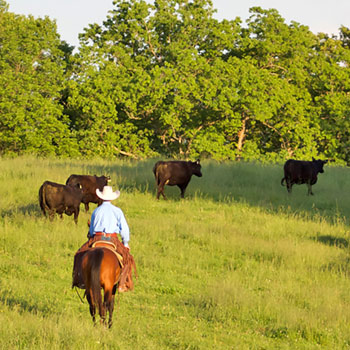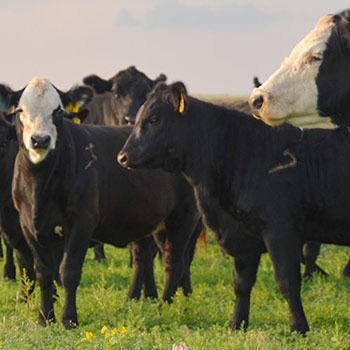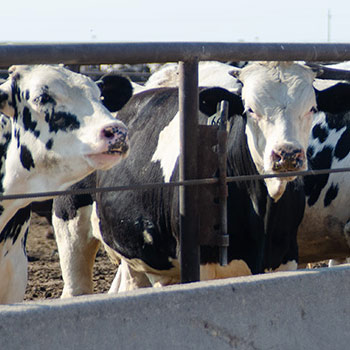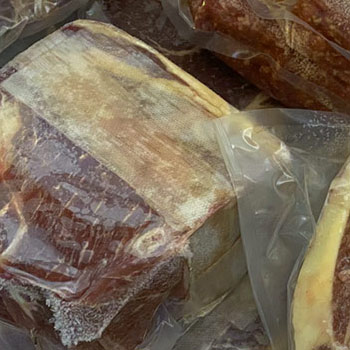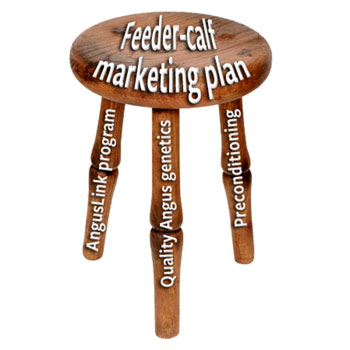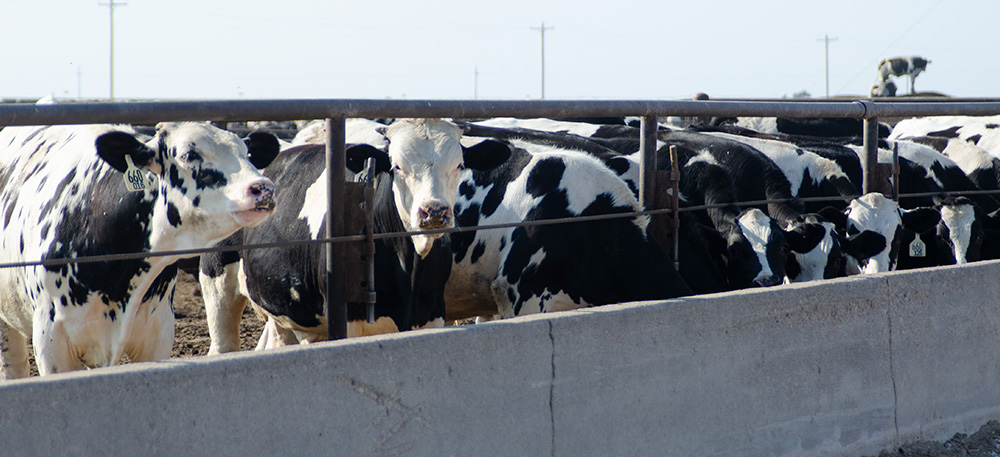
Dairy Calves Get a Beef Makeover
Beef bulls on dairy can be a win for both sectors.
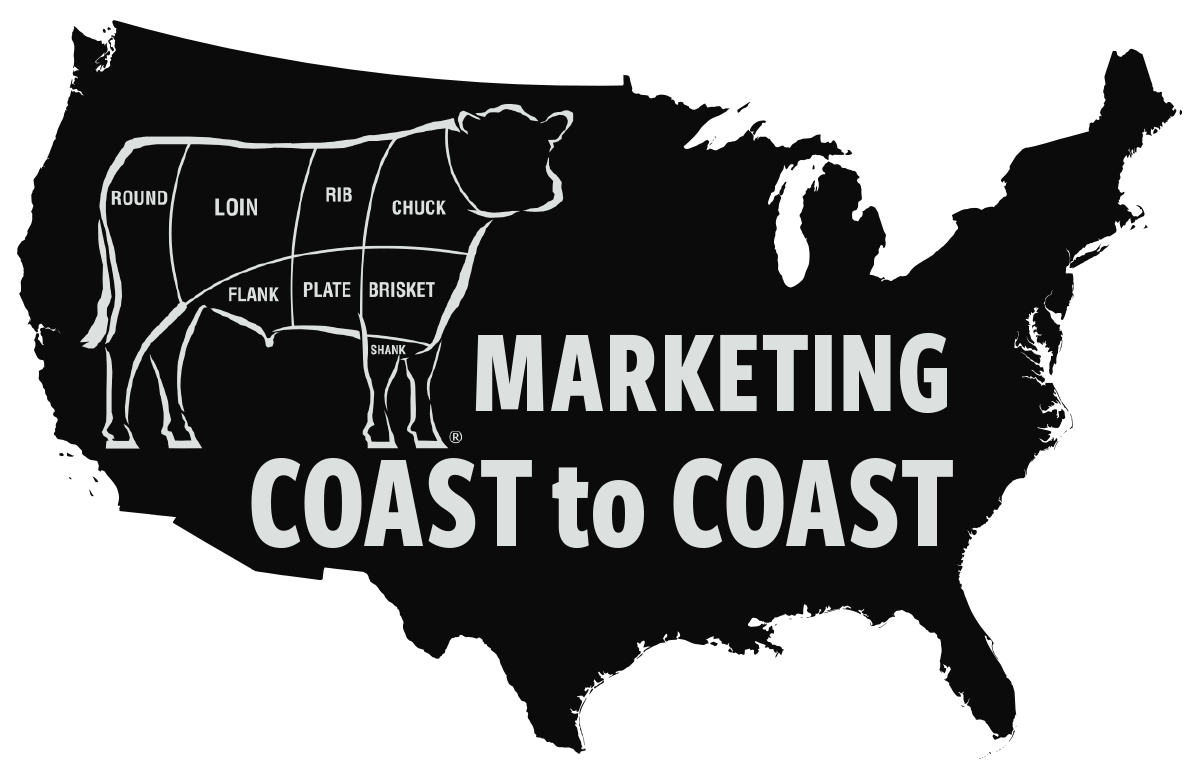
Barriers are breaking down, and technological tools for cattle are advancing quickly. Opportunities abound. Don Close, senior animal protein analyst with Rabo AgriFinance, thinks there is plenty of economic incentive, marketing opportunity and reproductive technology for beef on dairy — the practice of mating dairy cows to beef bulls — to be a boon to both industries.
There is no doubt the dairy sector has had a hard time, and there are plenty of economic incentives to improve revenue and diversify. With the dairy sector, advanced genomics and sexed-semen use mean the ability to identify the top 30% of cows in the herd to breed for replacement females, breeding the rest of the herd to beef bulls to enter source- and age-verified marketing programs.
Beef-dairy-cross calves have a high grading percentage and a manageable yield grade, he says. The carcass fits both domestic and export programs. And new research is showing that beef-on-dairy calves often have as high or higher red meat yield than conventional beef calves.
Close breaks down the U.S. feeder-cattle mix noting that beef calves make up 81.98% of the supply; dairy calves, 12.99%; Mexican calves, 4.32%; and Canadian calves, 0.71%. He says he is confident additional beef-on-dairy calves would not disrupt the feeding sector’s supply. Overall beef quality wins, he says, because quality grades should increase, and these calves would fit into several branded-beef programs.
Close explains that supply for beef on dairy is limited. Dairies have been consolidating, noting 9.5 million milk cows. He says dairies smaller than 500 head wouldn’t be able to make this work, because the top 30% would be needed for replacements.
“I don’t think this hurts the majority of cow-calf operators. Those not managing well with vaccines, weaning before sale, etc., are hurt the most in this,” he says. “It is often overlooked that the male dairy calves are already making their way into the beef production stream. Also, the calves are worked into the system on an equal calendar distribution opposed to beef calves being predominantly spring-born calves.”
The breeding program needs to be deliberate with this, he warns. The mix of breeds should be strategic for muscle definition and marketing opportunities, which is why expected progeny differences (EPDs) and genomic technologies matter.
Calf care for dairy steers also comes into play. Bull calves are often seen as a liability and, thus, don’t always get the most attention at the dairy. Close says the first 24 hours are critical that the calf get appropriate colostrum within hours of birth. Dairy calves often go to a “calf ranch” for three months, then a grow yard for three to four months. These calves need to be allowed time to develop structurally for proper rumen development with a high-forage diet. Moving them to a high-concentrate diet too early can result in liver abscesses, he says.
The downside, he says, is that dairy steers must be finished longer, until about 1,350-1,400 pounds.
There are challenges, Close admits. For dairymen, conception rates, calving ease and calf prices are the priorities of their breeding programs, he says. For beef cattlemen, early calf health, early calf development, and the steer-to-heifer ratio are the biggest obstacles.
Price discovery is also going to be an issue because of differing mentalities between beef and dairy cattlemen. Close says dairymen tend to want a flat rate for calves instead of seasonal or by sex. However, feeders must take more risk to do so, because they increase value by sorting.
There is a bright side for consumers also. By crossing dairy and beef, these steers finish more quickly than normal dairy steers — by almost three to four months. Those fewer months on feed increase feed conversion, thus fewer resources are used. These calves have a smaller carbon footprint with fewer greenhouse gas emissions than typical dairy steers.
Editor's note: Photo by Shauna Hermel.

